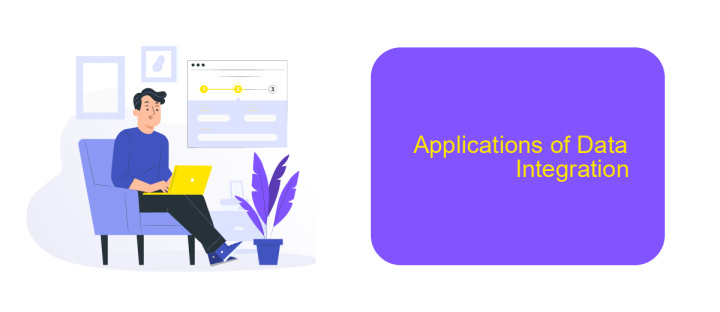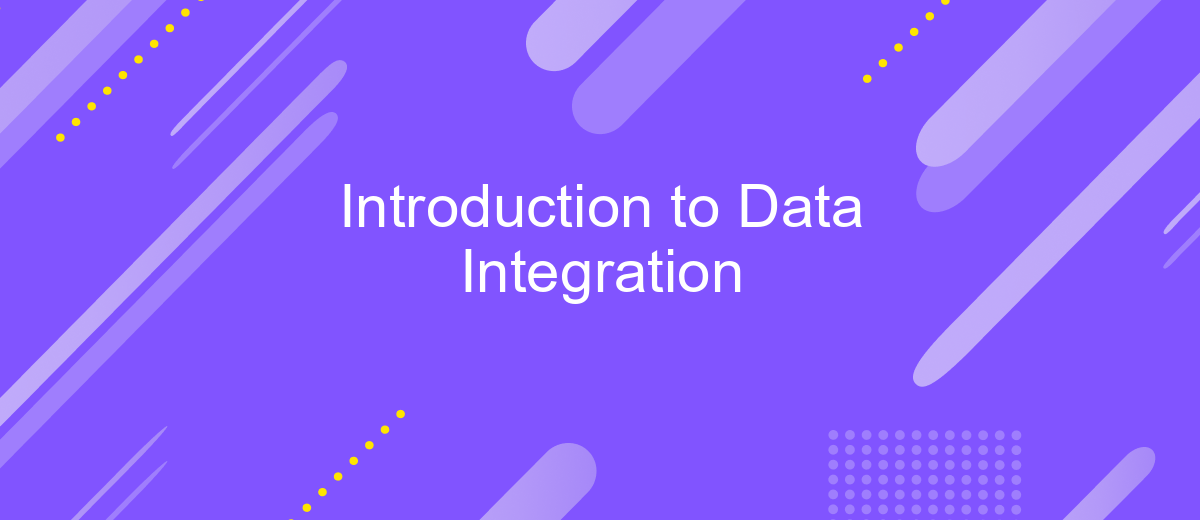Introduction to Data Integration
Data integration is a critical process in the modern data-driven world, enabling organizations to consolidate information from various sources into a unified view. By merging data from disparate systems, businesses can achieve more accurate insights, streamline operations, and enhance decision-making. This article provides an introduction to data integration, exploring its importance, methodologies, and the challenges faced in achieving seamless data unification.
Introduction
Data integration is a critical process in modern data management, allowing disparate data sources to be combined into a unified view. This process is essential for organizations to make informed decisions, improve operational efficiency, and gain a competitive edge. Proper data integration ensures that data from various systems and applications can be accessed and analyzed seamlessly.
- Combining data from multiple sources
- Ensuring data consistency and accuracy
- Enabling real-time data access and analysis
- Improving collaboration across departments
One of the tools that facilitate efficient data integration is ApiX-Drive. This service automates the process of connecting different applications and transferring data between them. By using ApiX-Drive, organizations can streamline their workflows, reduce manual data entry, and ensure that data is always up-to-date. This not only saves time but also minimizes the risk of errors, making it an invaluable tool for modern data integration strategies.
Challenges of Data Integration

Data integration poses numerous challenges, primarily due to the diverse nature of data sources and formats. One significant hurdle is data inconsistency, where varying data standards and formats make it difficult to merge information seamlessly. Additionally, data quality issues such as duplicates, missing values, and inaccuracies can compromise the integrity of the integrated dataset. Ensuring data security and privacy is another critical challenge, as integrating data from multiple sources often involves handling sensitive information that must be protected against unauthorized access and breaches.
Moreover, the complexity of integrating real-time data from different platforms adds another layer of difficulty. Tools like ApiX-Drive can help mitigate some of these challenges by providing automated data integration solutions that streamline the process. ApiX-Drive allows for the seamless connection of various applications and services, reducing the time and effort required to manage data integration manually. However, even with such tools, organizations must continuously monitor and maintain their integration processes to ensure data remains accurate, consistent, and secure.
Benefits of Data Integration

Data integration offers numerous advantages that can significantly enhance business operations. By combining data from various sources into a unified view, organizations can achieve better decision-making, increased efficiency, and improved data quality.
- Enhanced Decision-Making: Integrating data allows for comprehensive analysis, leading to more informed and accurate decisions.
- Increased Efficiency: Streamlining data from multiple sources reduces the time and effort needed to gather and process information.
- Improved Data Quality: Data integration helps in identifying and eliminating inconsistencies, ensuring that the data is accurate and up-to-date.
Services like ApiX-Drive facilitate seamless data integration by automating data transfer between various platforms. This not only saves time but also minimizes the risk of errors, making it easier for businesses to manage their data effectively. By leveraging such tools, organizations can focus on strategic initiatives rather than getting bogged down by data management tasks.
Applications of Data Integration

Data integration has become a cornerstone in the modern data-driven world, enabling seamless connectivity and coherence among disparate data sources. It facilitates the unification of data from various platforms, ensuring that businesses can derive comprehensive insights and make informed decisions.
One of the primary applications of data integration is in the realm of business intelligence. By merging data from different departments such as sales, marketing, and customer service, organizations can gain a holistic view of their operations. This unified data approach aids in identifying trends, optimizing processes, and enhancing overall efficiency.
- Enhanced Customer Experience: Integrating customer data from various touchpoints to create a single customer view.
- Operational Efficiency: Streamlining workflows by automating data exchange between systems.
- Regulatory Compliance: Ensuring data accuracy and consistency to meet regulatory requirements.
- Real-time Analytics: Providing up-to-date insights by integrating real-time data sources.
Tools like ApiX-Drive simplify the process of data integration by offering pre-built connectors and automation capabilities. These services enable businesses to set up integrations quickly, reducing the need for extensive technical expertise and allowing for more focus on leveraging the integrated data for strategic purposes.


Conclusion
In conclusion, data integration is a critical aspect of modern business operations, enabling organizations to consolidate data from various sources into a unified view. This process not only enhances data accuracy and consistency but also supports better decision-making and operational efficiency. By leveraging advanced data integration tools and techniques, businesses can overcome challenges related to data silos, redundancy, and inconsistency, thereby unlocking the full potential of their data assets.
One effective solution for streamlining data integration is ApiX-Drive, a service that automates the process of connecting various applications and systems. With its user-friendly interface and powerful features, ApiX-Drive allows businesses to set up integrations quickly and effortlessly, ensuring seamless data flow across platforms. By adopting such innovative tools, organizations can stay ahead in the competitive landscape, driving growth and achieving their strategic objectives with greater ease and precision.
FAQ
What is data integration?
Why is data integration important?
What are the common challenges in data integration?
How can automation tools help in data integration?
What is ApiX-Drive and how does it assist in data integration?
Time is the most valuable resource in today's business realities. By eliminating the routine from work processes, you will get more opportunities to implement the most daring plans and ideas. Choose – you can continue to waste time, money and nerves on inefficient solutions, or you can use ApiX-Drive, automating work processes and achieving results with minimal investment of money, effort and human resources.

